HTC today announced Vive Flow, its latest standalone VR headset. While the company just recently released the enterprise-focused Vive Focus 3, the Vive Flow aims for the consumer market with a compact size and feature-set that HTC has designed around casual entertainment and wellbeing apps.
Vive Flow Specs, Price, and Features
Priced at $500 and planned for release in November, HTC is positioning Vive Flow as a VR headset to help people relax, learn, and connect with friends.
Weight
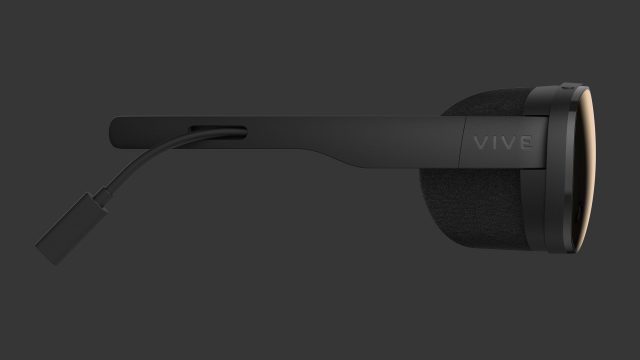
The standalone headset aims to be both compact and lightweight; HTC says Vive Flow weighs just 189 grams, which is several times lighter than any major VR headset on the market today, standalone or otherwise.
Resolution, Field-of-view, & Audio
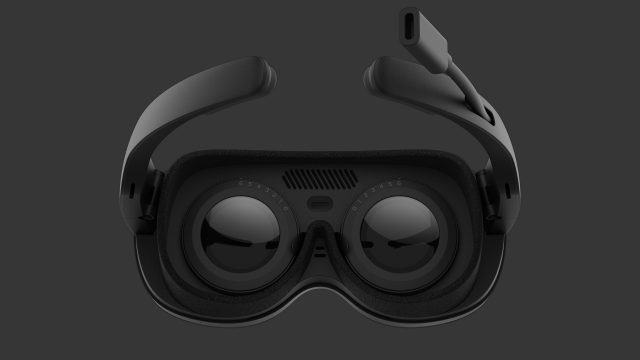
Vive Flow is said to have a “3.2K” resolution, though the company hasn’t specified the precise display. Based on the way they’ve marketed their most recent headsets, we understand this to mean roughly 1,600 × 1,600 per-eye.
Meanwhile, Vive Flow’s refresh rate is confirmed at 75Hz and the horizontal field-of-view at 100°. A diopter adjustment allows users to focus each lens to fit their glasses prescription, up to −6.0D. The headset also includes on-board audio and supports bluetooth headphones.
Processor & External Battery Power
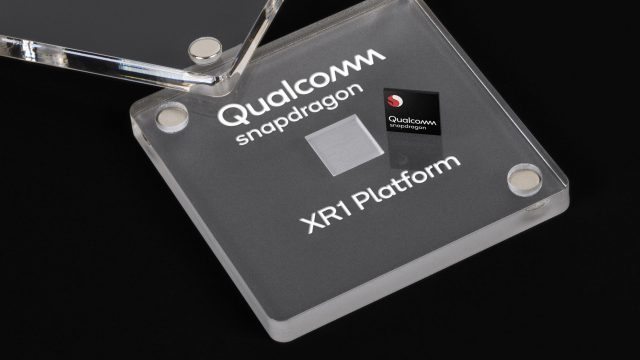
Vive Flow uses Qualcomm’s Snapdragon XR1 processor with 4GB of RAM and 64GB of storage.
While the device is standalone, it will rely extensively on external power from a USB battery pack (not included) or a phone. Vive Flow has a small on-board battery but it only lasts a “few minutes” and is designed to allow users to hot swap the headset’s tether between power sources.
Tracking & Input
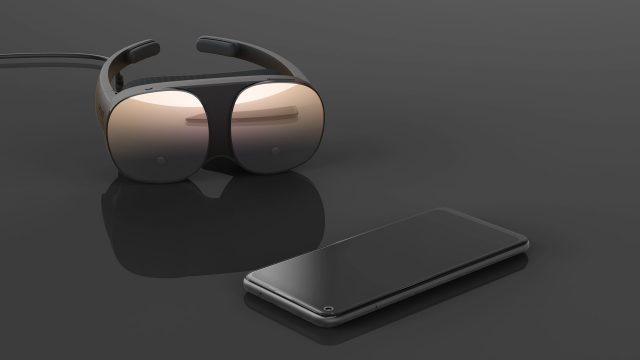
The headset supports 6DOF head-tracking and users can pair an Android phone to be used as a 3DOF controller (head-based pointing can be used as a fallback). Hand-tracking won’t be supported at launch, though it may come in a future update.
In addition to running standalone apps, users can mirror content from their Android smartphone into the headset to watch video streaming apps, play flat Android games, and the like. iOS devices aren’t supported by the headset for use as a controller or content mirroring, though the company says they’re working on it.
Vive Flow Apps & Content

Beyond mirroring content from Android smartphones, Vive Flow can run standalone applications which will be served from a mobile version of HTC’s Viveport app store.
HTC says Vive Flow is built for “wellbeing, brain training, productivity, and light gaming,” and is focusing on serving those kinds of apps through Viveport.
We don’t have a complete list of the apps which will be offered at launch, but the company has given a few examples like the mindfulness app TRIPP, an original VR video series from MyndVR, and the company’s own social VR app, Vive Sync. We expect to hear more about specific apps that will support Vive Flow in the near future.
At launch, HTC will be offering a Viveport subscription plan for Vive Flow priced at $6 per month. It isn’t clear if this will allow access to the headset’s entire library of apps, or just select apps (as is the case with the company’s PC VR subscription library).
Accessories
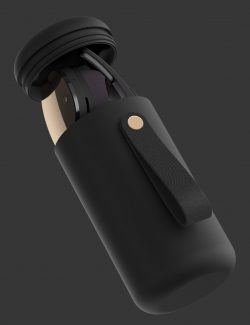
Since Vive Flow requires an external power source (but doesn’t include one in the box), HTC says it will be selling a 10,000mAh external battery pack. The company hasn’t announced the price, but we expect it will be priced similarly to the $80 battery pack the company has previously sold alongside its Vive wireless adapter accessory. Any power bank will work with Vive Flow, however.
HTC has also designed a carrying case for Vive Flow. Though also not yet priced, it will be included as a pre-order bonus.
Vive Flow Release Date & Pre-order

Vive Flow is set for a release date in November, but pre-orders start today. The Vive Flow price is $500, and pre-orders will receive both the carrying case and a bundle of seven apps.
Do you have questions about Vive Flow? Let us know in the comments below and we’ll try to get them answered!






